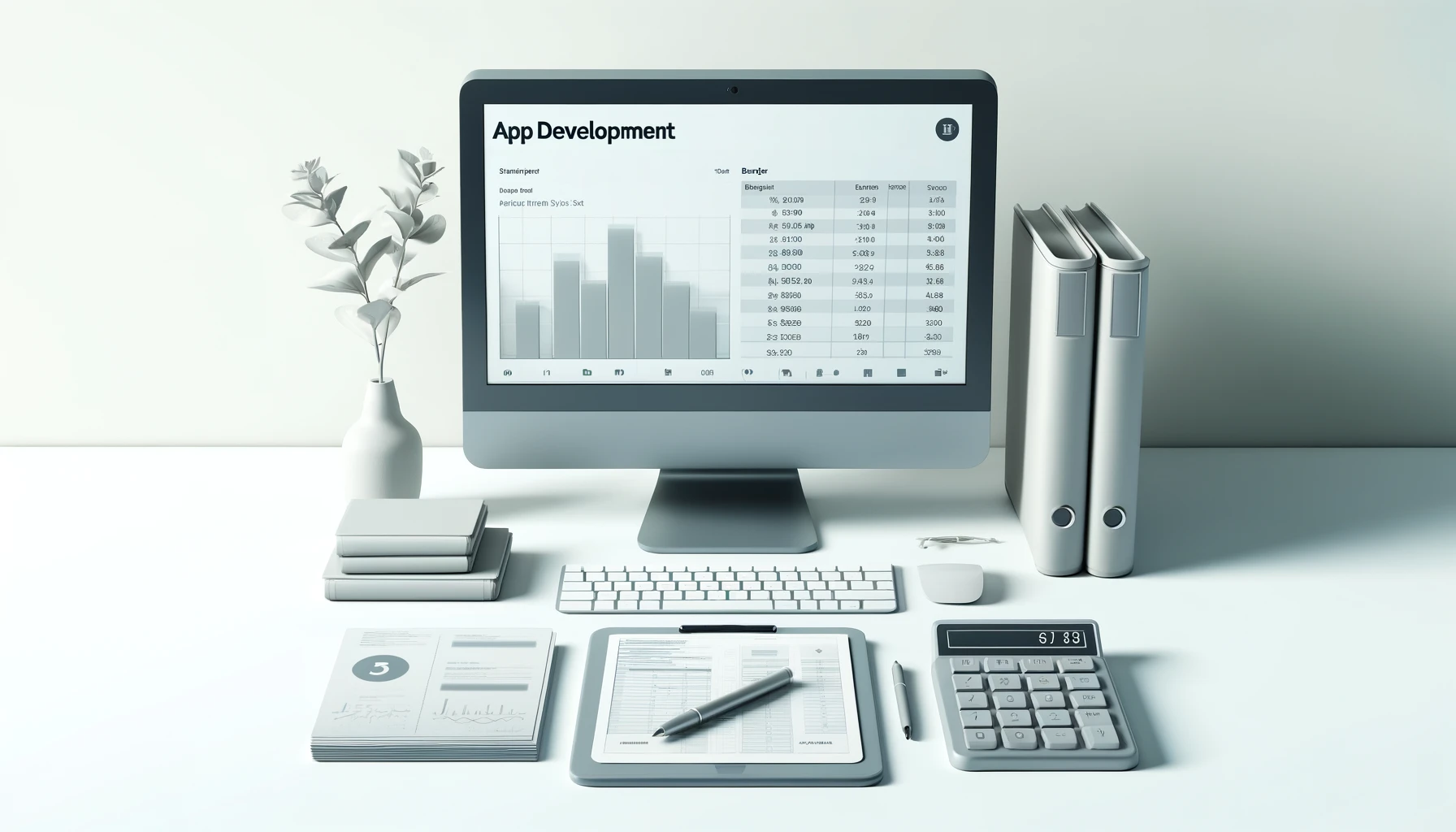
App development is an exciting venture, but it can also be a costly affair. Understanding what goes into budgeting for app development is crucial for startups, businesses, and independent developers alike. It’s not just about coding—many other elements impact the overall cost. Let’s break down the key factors you need to consider to effectively budget for app development.
Initial Planning and Conceptualization
Before a single line of code is written, you need to invest time and resources into planning and conceptualizing the app. This phase includes market research, identifying target users, defining functionality, and crafting a unique value proposition. While it might not incur direct costs like hiring developers does, this stage requires a significant investment in time, which translates to money.
Design and User Experience (UX)
The design and UX are where your app begins to take shape visually and functionally. Good design is critical, as it affects user retention and satisfaction. This phase can be costly, depending on the complexity of the app and the quality of the design needed. Hiring experienced UX/UI designers or working with a specialized agency can add to the budget significantly.
Development Phase
This is typically the most resource-intensive part of app development. The cost here varies widely based on several factors:
- Platform Choice: Developing for iOS, Android, or both? Native development for each platform can be more expensive than using cross-platform solutions.
- App Complexity: More features, custom solutions, and backend integration increase development time and cost.
- Location of Development Team: Developer rates can vary greatly depending on their geographical location. Offshoring can reduce costs but might come with challenges like time zone differences and language barriers.
Testing and Quality Assurance
Testing is essential to ensure that the app is functional, user-friendly, and bug-free before launch. This stage involves various types of tests such as unit testing, integration testing, and user acceptance testing. The more thorough the testing, the higher the cost, but this also reduces the risk of post-launch issues that could be far more expensive to fix.
Maintenance and Updates
Developing the app is not the end of the spending. Apps require regular updates for new operating system versions, bug fixes, and new features to meet user expectations and technological advancements. Maintenance can cost anywhere from 15% to 20% of the initial development cost annually.
Marketing and Launch
An often-overlooked aspect of app development budgeting is marketing. You could have the best app in the world, but it won’t achieve much success without effective marketing. Budget for app store optimization (ASO), advertising, social media promotion, and potentially even launch events to get your app into the hands of users.
How PieceX Helps Optimize App Development Costs
PieceX: An Asset for Budget-Friendly Development
PieceX is a marketplace where developers can buy and sell source code, which can significantly reduce both the cost and time of app development. Here’s how leveraging PieceX can be beneficial:
- Cost Reduction: Developers can purchase pre-built modules and fully functional app templates that can be customized to fit specific needs. This cuts down on the amount of new coding required, reducing the hours you need to pay developers for.
- Speed to Market: With ready-made components, the development process is faster, allowing for quicker launch times. This can be a critical advantage in fast-paced market environments.
- Quality and Innovation: By using code that has been tested and reviewed by other developers, you can avoid many common issues and incorporate innovative features that you might not have the resources to develop in-house.
Conclusion
Budgeting for app development is a complex, multi-faceted process that goes beyond just the development costs. By understanding each component of the budget, from initial concept to marketing and maintenance, you can better prepare for the financial investment required. Platforms like PieceX offer a strategic way to manage costs effectively while still producing a high-quality product. Whether you’re a small startup or a large enterprise, thoughtful budgeting is key to successful app development.
For more articles such as this, make sure to check our knowledgebase blog.
